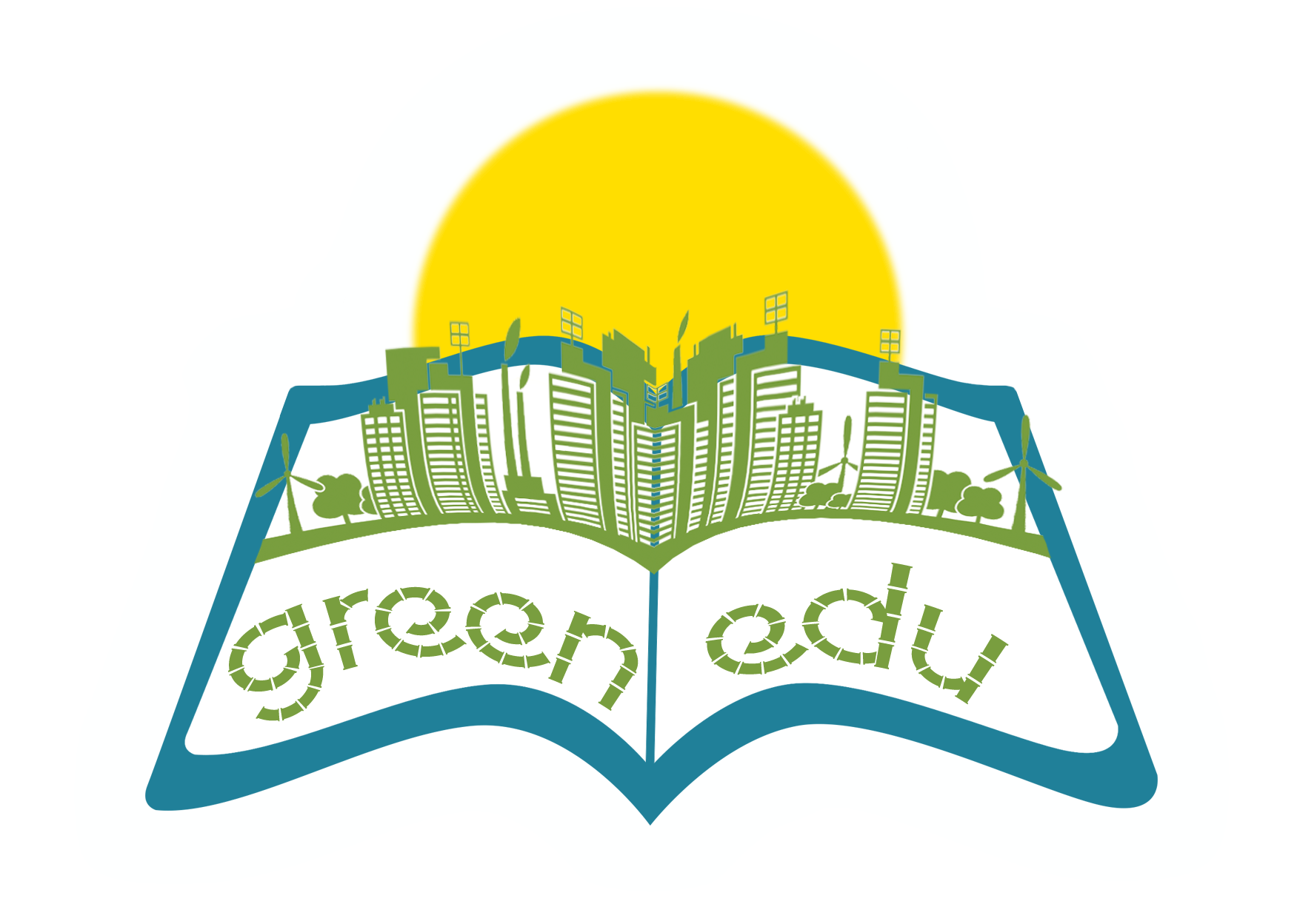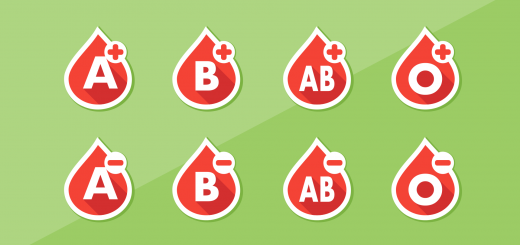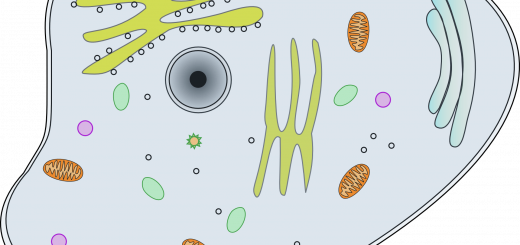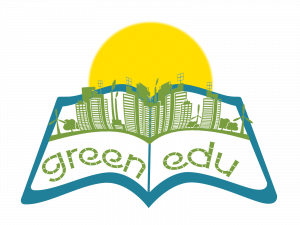From the Fab Lab to the Green lab

Transforing PLA to a cleaning solution- Recycling Polylactic Acid (PLA)
Author(s): Anatolia College
Lesson plan summary
In this lesson plan students will learn about green Chemistry and biodegradable polymers. They will also learn about the 3Rs and the 12 Principles of Green Chemistry. In the lab students will recycle PLA ( Poly Lactic Acid ) by converting it into a Lactic Acid based antimicrobial surface cleaner. PLA from 3D printer filaments is depolymerized by hydrolysis and the lactic acid sodium salt produced is turned to lactic acid antimicrobial cleaning solution by acidification. The lab work can also have a connection with biology as lactic acid has antibacterial properties. Students can perform cultures to determine the antibacterial properties of their solution.
| Subject | Green Chemistry |
| Topic | creative reuse or repurposing of a material |
| Age of students | High school students- 16-18 |
| Preparation time | 100Minutes |
| Teaching time | 90Minutes |
| Online teaching material (links for online material) | Introducing Green Chemistry: The Science of Solutions https://blossoms.mit.edu/videos/lessons/introducing_green_chemistry_science_solutions |
| Offline teaching material | https://www.beyondbenign.org/bbdocs/pdfs/Lactic_Acid_Titration_Extension.pdf “12 Principles of Green Chemistry” from Figure 4.1: (p.30). 12 Principles of Green Chemistry from Green Chemistry: Theory and Practice (1998) by Anastas P and Warner J. By Permission of Oxford University Press.American Chemical Society Green Chemistry InstituteEPA Green ChemistryBeyond Benign Plastics Bioplastics – American Chemical Society https://greenchemistry.yale.edu/sites/default/files/files/Recycling%20PLA.pdf |
Aim of the lesson
By the end of this lesson students will:
- Understand what green Chemistry is
- Understand the concept of reuse
- Lean about recyclable polymers
- Follow the scientific method
Activities
| Name of activity | Procedure | Time |
| Introduction to Green Chemistry | Start the lesson with introductory questions: What does a chemist do? What are some chemical products? What do you think about when you hear the words “Green Chemistry”? What is environmental science?Students can watch the introductory video … ( MAKE VIDEO ) Students will be introduced to the 12 Principles of Green Chemistry and the 3 RsActivity: Think about what Green Chemistry means to you.Present the 12 principles in your own words.Students will be divided in groups. Each group will be assigned with a green Chemistry principle and will be asked to present it with a skit, a drawing or even a song to their classmates. | 45X min |
| What are biodegradable plastics | Start the lesson with an introduction to biodegradable polymers Introductory questions: What are Bioplastics made from? Are bioplastics better for the environment than conventional plastics? A number of bioplastics, including those made with PLA, are “compostable.” What does that mean? Students will be given two different cups one made from PLA and one made from polypropylene. They will be asked to examine the cups, write down their observations and guess which one is the PLA cup. Students will investigate PLA applications and discuss their findings in class. One application of PLA is the 3D printer filament. Students will discuss the concept of reuse. They will work in groups and brainstorm on ideas to reuse 3D printer filament scrap. | 45Xmin |
| Lab work . Recycling PLA ( Poly Lactic Acid ) by converting it into a Lactic Acid based antimicrobial surface cleaner | In this lab students will transform 3D printer filament scrap to a cleaning solution. It is a revised version of Beyond Benign protocol that uses PLA cups. https://www.beyondbenign.org/lessons/recycling-polylactic-acid/ Safety Information: Concentrated acid or base can cause burns to skin and can pose a respiratory hazard from the fumes.•Always wear protective equipment (gloves, goggles, lab coat or apron). If a substance touches skin, wash immediately with copious amounts of water. •Work in a fume hood to avoid inhalation exposure of the hydrochloric acid fumes. Materials: (per class) • Safety goggles• Nitrile/latex gloves• 500 mL ethanol • 500 mL distilled water• 56 g NaOH (sodium hydroxide) pellets• 50 mL 12 M HCl• 50 mL distilled water• 1000 mL Erlenmeyer flask• 125 mL Erlenmeyer flask • 500 mL graduated cylinder• 50 mL graduated cylinder• 2 magnetic stir bars• Stirring hot plate• Weigh boat Teacher Prep: •Prepare copies of student sheets ( MAKE ) •Locate dirty surface for students to test their cleaning solutions on (surfaces with soap scum such as dirty classroom sinks work well)•Prepare 1000 mL of 1.4 M NaOH in 50% ethanol in water solution•Measure 56 grams NaOH on a scale•Transfer NaOH to 1000 mL Erlenmeyer flask•Add 500 mL distilled water and a magnetic stir bar to the flask•Dissolve 56 grams of NaOH in water by stirring the solution using a magnetic stirrer and the stirring hot plate•Measure 500 mL ethanol in 500 mL graduated cylinder•Slowly add 500 mL ethanol to flask of water and allow to mix thoroughly• Label solution “1.4 M NaOH in 50% ethanol in water solution” • Warning: Concentrated base can cause burns. As you are weighing out the sodium hydroxide (NaOH), wear the proper protective equipment (gloves, goggles, lab coat or apron). If the NaOH touches skin, wash immediately with copious amounts of water. Prepare 100 mL 6 M HClMeasure 50 mL distilled water Add water and stir bar to 125 mL Erlenmeyer flaskMeasure 50 mL 12 M HCl in 50 mL graduated cylinderSlowly add the HCl to beaker of waterAllow to mix thoroughly •Dispense the 100 mL of solution (6 M HCl) into 10 drop-dispensing bottles•Label bottles “6 M HCl”. Each bottle should contain 10 mL 6 M HCl. •Challenge the students to use the least amount of litmus paper during the lab experiment. Reward the group that uses the fewest strips. | 90X min |
| Lab work : Does lactic acid have antibacterial properties? | Explain to students that agar plates provide food for bacteria to grow very quickly. Ask students how agar plates may help us to find out if using the cleaning solution that we have prepared is effective . Safety Information: •Always wear protective equipment (gloves, goggles, lab coat or apron). If a substance touches skin, wash immediately with copious amounts of water. Materials: (per class) Safety gogglesNitrile/latex gloves distilled waterNutrient agar plate filter papercotton swab incubator Teacher Prep: Prepare copies of student sheets ( MAKE )Make up the nutrient agar plates according to the instructions on the packet. Or buy ready to use agar plates. Draw a line down the base of each plate. Label one side D for “dirty” and one side C for “clean”. Students will use the steps of the scientific method and design their own lab. A rubric will be provided in order to evaluate their experiment. ( MAKE) Students can present their work in a scientific poster. Challenge the students to use the least amount of waste during the lab experiment. Reward the group that uses the fewest cotton swabs | 135Xmin |
| Imagining the future: How do you imagine the future of plastics? | Students will work in groups and imagine the future of plastics.They can brainstorm about novel bio polymers or different uses of plastics They can present their ideas creating an infographic . | 45Xmin |





